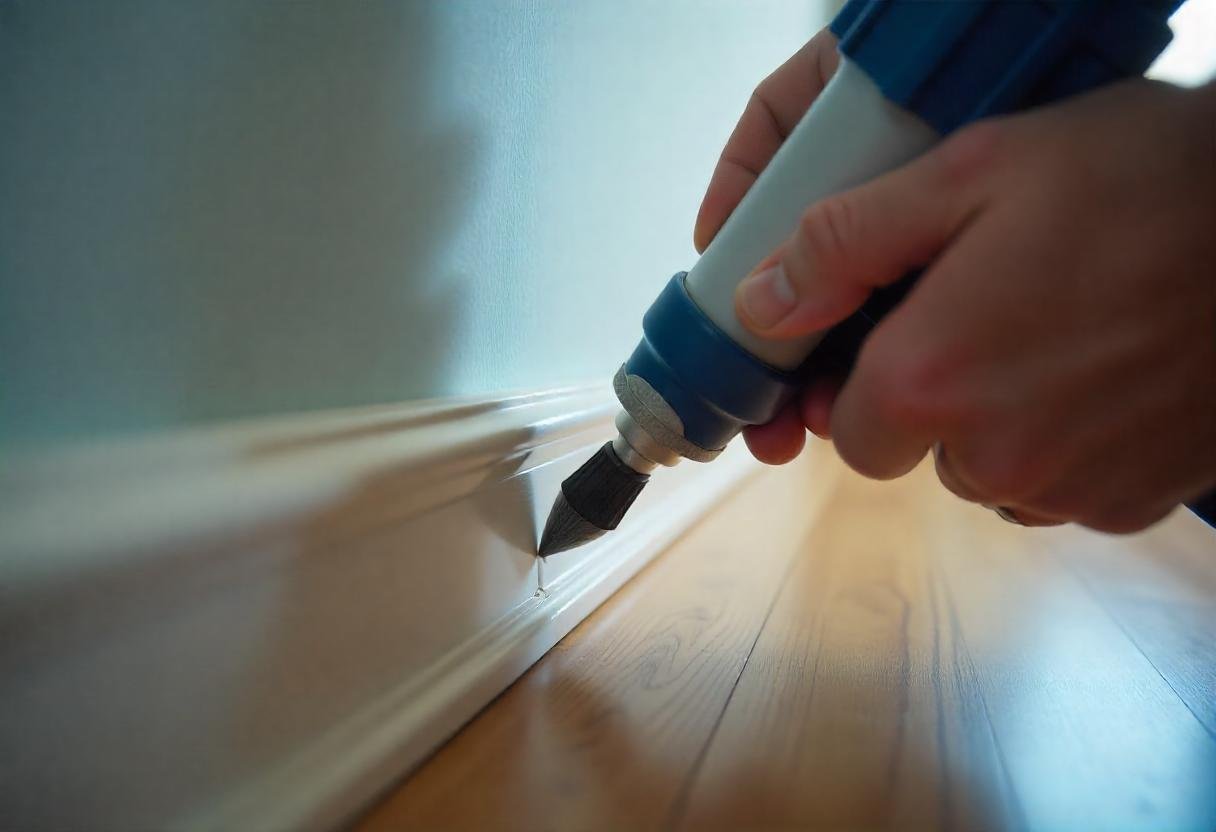What is the Best Caulk for Painters?

Whether you’re a seasoned pro or a weekend DIYer, one thing’s for sure—caulking is the unsung hero of any sharp-looking paint job. When applied correctly, it fills in cracks, smooths out edges, and gives you that crisp, seamless finish that separates a pro-level result from an amateur attempt.
But what is the best caulk for painters today? Let’s explore the top caulk types, brand favorites, and expert application tips that guarantee stunning, long-lasting results.
Why Caulking Is a Game-Changer in Painting
The Purpose Behind Caulking
Caulking is more than a cosmetic upgrade—it’s a practical step that:
- Seals gaps and joints to prevent air, moisture, and pests from entering.
- Bridges small imperfections, especially where walls meet trim or cabinetry.
- Adds a neat, professional transition line before painting.
- Improves energy efficiency in homes by sealing off air leaks.
How Caulking Enhances Paint Performance
Quality caulking not only improves visual appeal but also:
- Supports paint adhesion, preventing peeling and flaking.
- Allows paint to flow evenly across transitions and corners.
- Prevents unsightly cracks from reappearing once the paint dries.
Top Types of Caulk Professional Painters Swear By
Acrylic Latex Caulk: The Go-To for Interiors
This is the classic choice, especially for interior walls, trim, and moldings.
Pros and Ideal Uses
- Water-based for easy cleanup.
- Paintable within 30 minutes.
- Adheres well to wood, drywall, and masonry.
This caulk is perfect for sealing interior cracks before painting baseboards, crown molding, or drywall seams.
Acrylic Latex with Silicone: Best of Both Worlds
This hybrid adds durability and flexibility while keeping its paintable nature.
Where Flexibility Meets Finish
- Great for areas that move slightly (doors, windows, trim).
- Can be used both indoors and outdoors.
- Offers enhanced moisture resistance.
Siliconized Acrylic Caulk: Superior in Humid Conditions
If you’re working in kitchens, bathrooms, or basements, this is your best bet.
Mold Resistance and Paint Compatibility
- Resists mildew in damp areas.
- Paintable like standard acrylic.
- More flexible than plain acrylic caulk, ensuring long-term adhesion.
How to Choose the Best Painter’s Caulk for Your Project
Key Features That Matter
Paintability
Make sure it’s labeled “paintable”—some silicones aren’t!
Drying Time
Look for quick-dry formulas if you’re on a deadline.
Flexibility and Crack Resistance
A flexible caulk won’t split or peel as your home expands and contracts.
Cleanup Ease
Water-based caulks are much easier to clean up—no harsh chemicals required.
Top-Rated Caulk Brands Recommended by Pros
Here are some industry favorites:
Brand | Highlights |
DAP Alex Plus | Fast-drying, easy to apply, great for trim |
GE Max Shield | High durability and weather resistance |
Sashco Big Stretch | Extreme flexibility, no cracking |
Sherwin-Williams Shrink-Free | Won’t shrink or pull away from joints |
OSI Quad Max | Great for exterior projects, weatherproof |
These brands consistently deliver quality results, whether you’re painting a new room or touching up worn-out trim.
Pro Tips for Applying Painter’s Caulk Like a Master
Tools You’ll Need
- Caulk gun
- Utility knife
- Damp rag or sponge
- Painter’s tape (optional)
Step-by-Step Application Process
- Clean the area thoroughly.
- Cut the caulk tube tip at a 45-degree angle.
- Apply a steady bead of caulk along gaps.
- Smooth it with a finger or tool before it dries.
- Let it dry completely before painting.
Common Mistakes to Avoid
- Rushing the job—let the caulk cure before painting.
- Using unpaintable silicone.
- Skipping cleanup—residue can interfere with paint adhesion.

